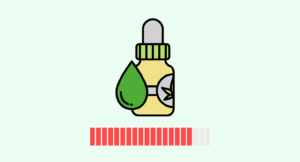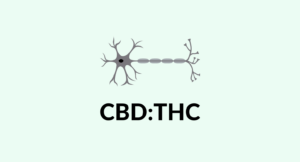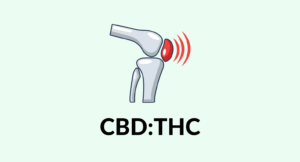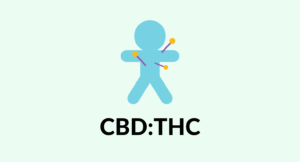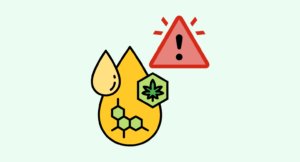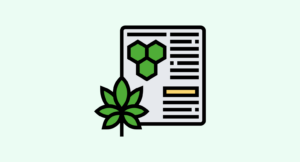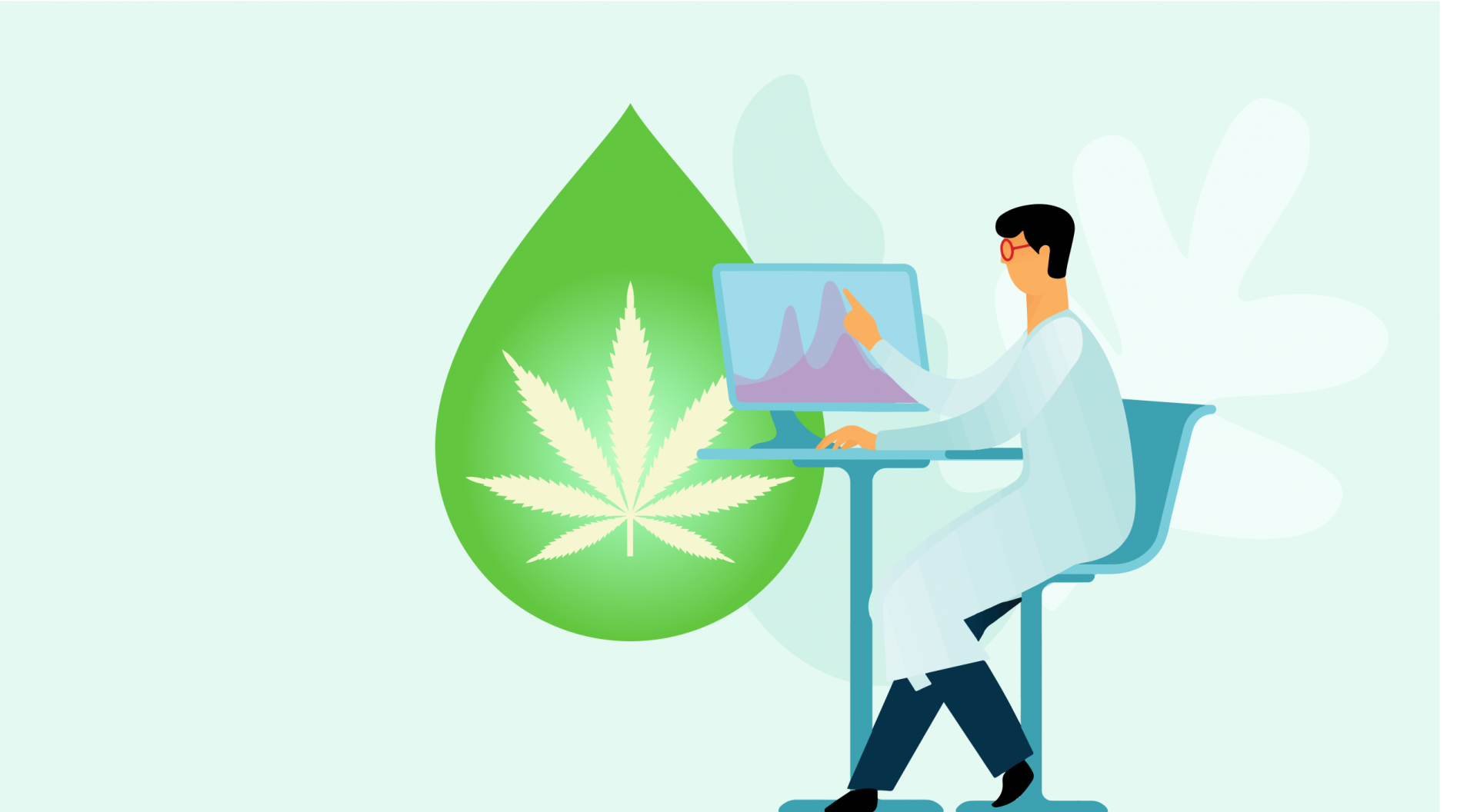
Evidence based
What is Broad Spectrum CBD Oil?
What does broad-spectrum extract have to do with CBD? How is it different from other extracts? In this article, we explore this topic in depth.
You may have noticed that CBD products come labeled as “full-spectrum” or “CBD isolate.”
However, there is one lesser-known type of CBD product rarely discussed, “broad-spectrum” extracts. It’s a subtle difference in terms, but an important distinction to make.
Many companies list their products as full-spectrum, but after a closer look, these products actually involve broad-spectrum extracts.
Broad-spectrum extracts include many of the phytochemicals present in cannabis but have been modified from their original ratio. This involves removing THC, but sometimes this requires a complete restructuring of the cannabinoid and terpene profile of the extract.
So, why do companies sell broad-spectrum products? How do they differ from full-spectrum CBD or CBD isolate? What are the benefits?
We’ll answer these questions and more about broad-spectrum CBD. By the time you’ve finished reading this article, you’ll be an expert at spotting the differences between the types of hemp extracts.
Full-Spectrum vs. Isolate vs. Broad-Spectrum
Most CBD companies will either advertise their products as being a full-spectrum extract or an isolate. The distinction between the two relies on the ratio of phytochemicals.
The best full-spectrum extracts maintain the entire range of phytochemicals found in the hemp plant. This includes its diverse cannabinoid profile, waxes, esters, and terpenes.
Conversely, a CBD isolate contains just one compound in “isolation” — usually CBD. The process involves stripping away all other phytochemicals, leaving behind pure CBD.
Where does broad-spectrum come in?
Think of broad-spectrum extracts as a hybrid of the two. It’s made by isolating individual compounds from the plant and recombining them to mimic the effects of a full-spectrum extract, with some modifications. Broad-spectrum extracts can range significantly in terms of phytochemical profiles.
Some manufacturers will only remove THC, so they can sell their products in places where THC is strictly banned.
While others will start with a CBD isolate and add a handful of terpenes. We find this method misleading when it’s labeled as a “broad-spectrum” and consider this still to be an isolate because it does not contain any other cannabinoids.
One of the benefits of creating a broad-spectrum extract is the ability to control specific cannabinoid ratios — something a full-spectrum can’t offer — for more consistency in their products.
Natural full-spectrum extracts can’t offer this as the hemp plant’s phytochemical profile will vary from one crop to the next.
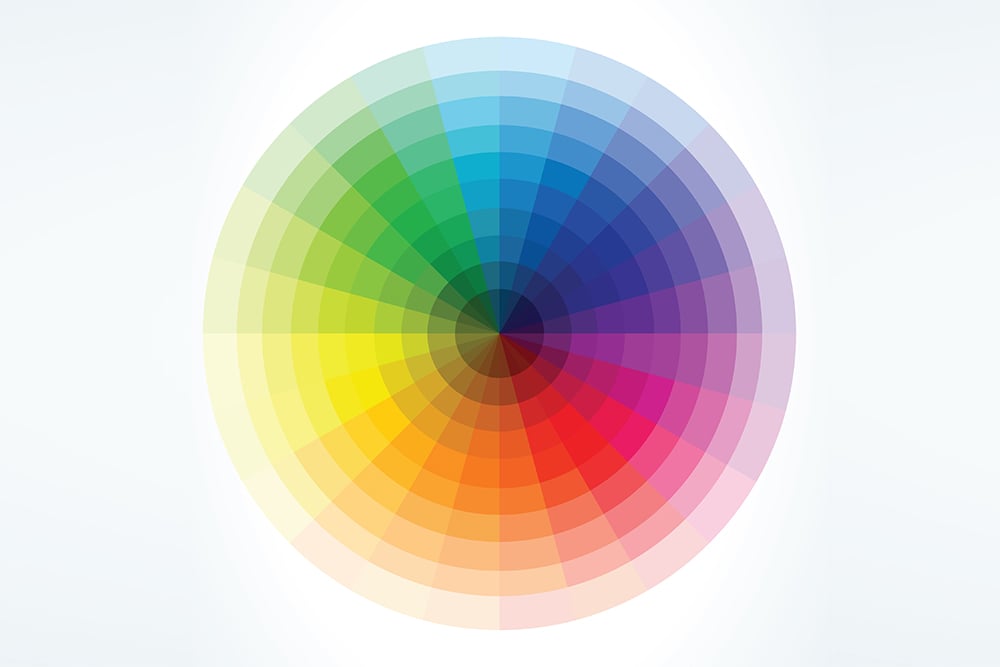
How Are Broad-Spectrum Extracts Made?
Broad-spectrum extracts are manufactured in a similar way to full-spectrum but with one additional step.
First, raw hemp is treated with a solvent. Although many solvents can be used, the most common method uses supercritical CO2 — carbon dioxide. This clean, safe extraction method creates a full-spectrum hemp oil rich in CBD and includes a diverse range of phytochemicals.
Next, a common chemistry technique called chromatography is used to separate THC from the rest of the mixture. This keeps all other phytochemicals intact. With this method, you get a THC-free extract that still includes CBD along with the other cannabinoids, terpenes, and phytonutrients.
Some companies take it a step further and separate all ingredients into their individual isolates, before recombining them.
Then we get into shady practices…
Like taking a CBD isolate and adding terpenes into the formula, and then labeling it a full-spectrum — Don’t be fooled — This is NOT a full-spectrum extract and only barely classifies as a broad-spectrum extract, at best.
The only way to distinguish these extracts is by looking at the Certificate of Analysis conducted by third-party labs.
If you’re wondering why we’re always recommending customers to ask for these tests, this is a big reason. It’s far too easy to mislead people into thinking they’re buying full-spectrum products when they’re actually purchasing a glorified CBD isolate and charge a little more for it.
When to Use Broad-Spectrum Extracts
Broad-spectrum extracts are ideal for individuals who want to avoid THC altogether. Although the amounts of THC present in full-spectrum products are small (0.3% or less), they can still be problematic in two cases.
The first case includes individuals who are drug-tested for THC. It’s not uncommon in the United States for employees to undergo THC testing to verify they do not use marijuana. Full-spectrum products may trigger a positive, even if they’re using a legal hemp-derived product.
As such, using a THC-free broad-spectrum extract can allow you to maintain the benefits of whole-plant CBD formulations while passing THC drug tests.
The second case consists of individuals who are extremely sensitive to the effects of THC. Even in trace amounts found in full-spectrum extracts, especially if they require larger doses.
Using a broad-spectrum extract will ensure that you do not experience any psychoactive effects while maintaining the health benefits of a wide range of cannabis phytochemicals.
Suggested Reading: Will CBD Oil Make Me Fail a Drug Test?
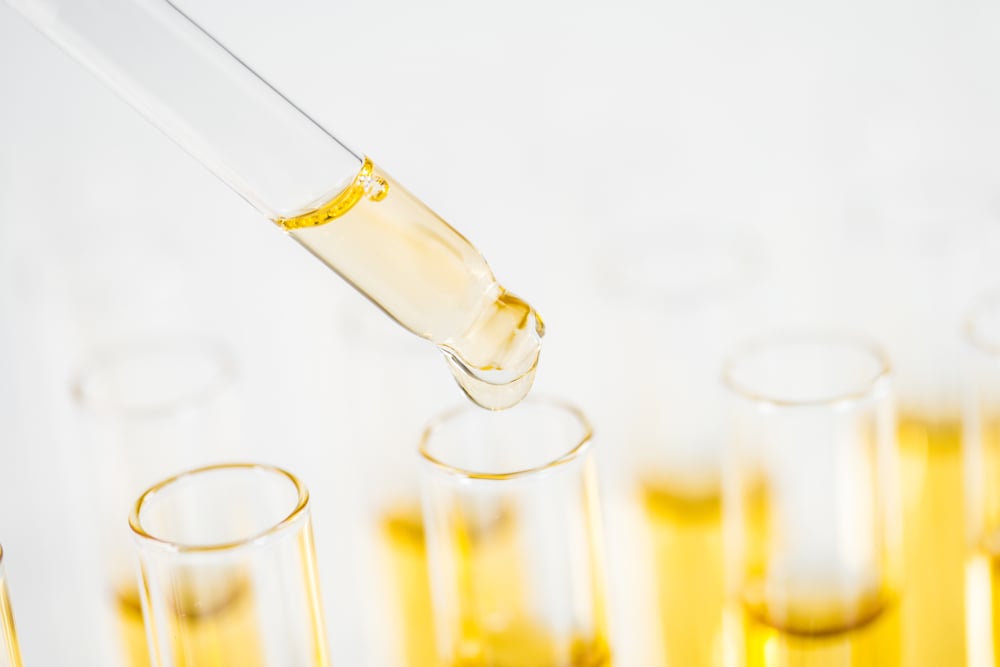
When to Avoid Broad-Spectrum Extracts
For the vast majority of people, it is better to opt for full-spectrum extracts. Although they are almost identical to broad-spectrum products, they will have slightly better effects because of the presence of THC.
THC shares many of the same effects as CBD and does not cause psychoactive effects for most people in small amounts (0.3% or less).
More importantly, THC contributes to the entourage effect — It’s the enhanced effectiveness of whole-plant extracts from the cannabinoids working in synergy. You can’t leverage this benefit with CBD alone.
Because of this effect, extracts that include all of the natural components of cannabis will have a stronger potency than those that don’t. In this way, a full-spectrum extract will be slightly more effective than a broad-spectrum because it includes THC.
Comparing Lab Tests
Most companies will inform you if their product is full-spectrum, broad-spectrum, or isolate. However, there is a more effective way to confirm that you’re buying a broad-spectrum extract — third-party lab tests.
Unfortunately, displaying these tests isn’t legally required (yet), but any reputable CBD brand will post the results of these tests conducted by independent labs on its website. Third-party labs verify the company’s marketing claims, helping customers better understand their purchase.
If you want to purchase a broad-spectrum CBD extract, you should look for two things.
First, check to see that the extract contains more than CBD. It should contain trace amounts of minor cannabinoids such as CBC, CBN, CBG, and CBDA.
Second, look at the THC row and make sure that it reads ND (not detected) or 0. Note that some labs will separate THC into its smaller parts — THCA, exo-THC, Δ8-THC, Δ9-THC, and THCV — All of these should read ND or 0.
Summary: Should I Use Broad-Spectrum CBD Products?
As we’ve described above, there are only two situations in which a broad-spectrum CBD product should be used over a full-spectrum one:
- You need to pass THC (marijuana) drug tests
- You’re an individual who is highly sensitive to THC
If you don’t fall into these two categories, then we highly recommend purchasing a full-spectrum CBD product instead.
Although the cost of broad and full-spectrum extracts are virtually identical, a full-spectrum product will have marginally higher effectiveness thanks to the presence of THC.




